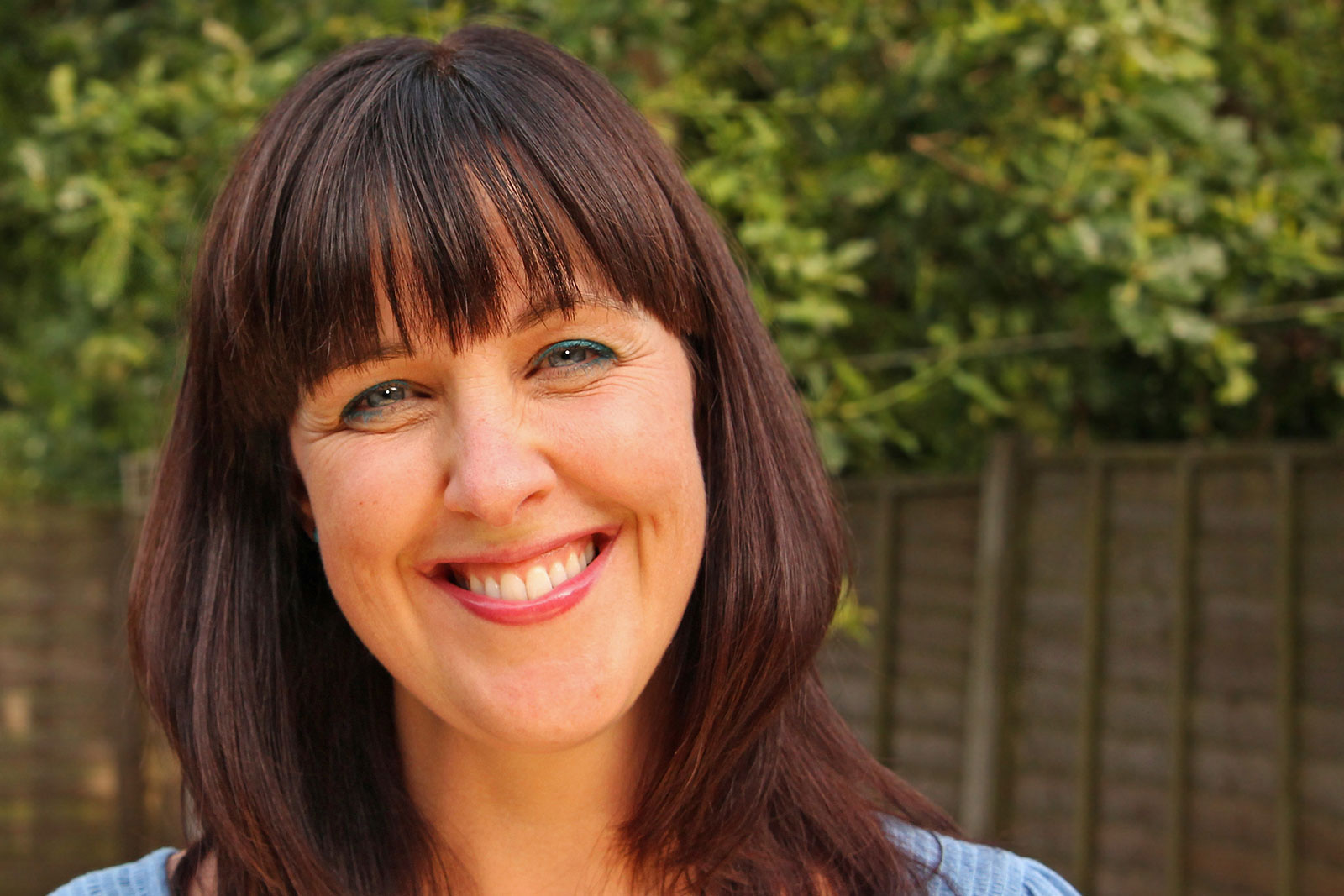Facelift Surgery (Rhytidectomy) at Plastic + Hand
Common wisdom may say, “You’re as young as you feel,” but does your mirror say something different? Sagging skin, deep creases along the nose, a furrowed brow or a double chin can play havoc on your self-image.
If your face is aging faster than your body, mind and attitude, maybe it’s time for a facelift. A facelift can tighten your skin, refresh your appearance, and boost your self-esteem.
The first step is to discuss your facelift options with your Plastic + Hand plastic surgeon. Depending on the degree of change you’d like to see, your choices might include a traditional facelift (with or without a necklift), a short scar facelift, or a mini-facelift (with limited incisions).
Trained at top medical centers, Plastic + Hand surgeons have the depth of experience and skills necessary to perform your facelift surgery safely and successfully…all right here in Maine.
What does facelift surgery involve?
During a traditional facelift, your surgeon will remove excess fat, tighten underlying muscles, and re-drape the skin of your face. While there are many facelift techniques, this surgery generally involves making an incision that is hidden in the natural contour of each ear, then extends around the earlobe and back into the hairline, minimizing visible scars. Through these incisions, your plastic surgeon separates the skin from the underlying tissues, pulls the skin up and back, removes the extra skin and fat, and tightens the muscles. Your surgeon will also reposition the deeper tissue for a more thorough lift, improving the jowl region.
FullFacelift 3-D Animation
If you have a necklift in conjunction with your facelift, we will make a small, discreet incision underneath your chin. This incision allows us to remove extra fat and tighten the loose muscles in your neck.
An alternative to facelifting techniques would be an “open necklift” or platysmaplasty, where neck skin is directly excised. There is a bit less to go through, but it is at the expense of a scar in the front of the neck.
LowerFacelift 3-D Animation
Your facelift procedure can also include facial implants, soft tissue augmentation, resurfacing techniques to improve the tone and texture of your skin, and wrinkle-reducing injections. For best results, a facelift may include a brow lift and eyelid surgery as well.
MidFacelift 3-D Surgery
A facelift can take 2 to 3 hours, depending on how many areas of the face are involved. We perform this procedure using either local or general anesthesia in the comfort of our state-of-the-art surgical center.
What is the short scar facelift (the MACS Lift)?
A newer, effective procedure has recently been developed in Europe that uses innovative soft tissue suspension techniques resulting in short scars. It is ideal for people with not too much excess skin. The MACS Lift (Minimal Access Cranial Suspension) uses purse string suspension suturing to the deep temporal fascia with an incision that runs from the temporal hairline to the earlobe. It is less invasive and has a more rapid recovery.
Do you perform the SMAS facelift and the MACS Lift?
Yes. While it can seem initially confusing about all these “types” of facelifts, we are the leaders in facelift procedures, and it’s less about the facelift “name.” It’s all about you, including your unique makeup and your concerns. No single facelift procedure will work with everyone, so we start by listening.
Ultimately, the facelift procedure that is best for you, all depends on you. During your first consultation with your Plastic + Hand surgeon, you will discuss specifically where you would like to see improvement (i.e., jowls, neckline, neck banding, eyelids).
Depending on the degree of change you’d like to see, your surgeon will recommend the best facelift procedure that will provide the best results for your desired outcome. This may also include structural fat grafting and/or skin resurfacing in your facelift procedure.
How do I know what facelift procedure is right for me?
During your initial consultation with your Plastic + Hand surgeon, you will specifically discuss where you would like to see improvement (i.e., jowls, neckline, neck banding, eyelids) and whether you may also benefit from structural fat grafting and/or skin resurfacing. Your surgeon will work closely with you to recommend the procedure that will best achieve your desired outcome.
What is a mini-facelift?
We often recommend a mini-facelift for younger patients with early signs of aging, or for people who want a subtler effect. Think of a mini-facelift as a freshening up, not as a radical change. This procedure is most effective in fixing jowls and neck fat in patients with relatively little excess skin. It does not reverse sagging skin at the neckline.
A mini-facelift takes less time, causes less swelling and bruising, and has a shorter recovery time than a traditional facelift. The incisions are limited and are usually very easy to conceal.
MiniFacelift 3-D Animation
Can injectables give me the youthful results of a facelift without surgery?
Injectable fillers can smooth the creases and wrinkles around the nose and mouth or add volume to the lips or cheek area. They are also essential components to maintaining a youthful appearance. However, they do not have the power to correct sagging features or restore the structure of the face like a facelift can.
Simply, injectables cannot lift tissues. No amount of filler or injectables can restore the face structure. Attempts to do so often lead to unnatural or overdone results.
To lift and add volume for the desired outcome that many patients are looking for, a facelift with structural fat grafting is often the best way to enhance the contours of the face.
Not only does facial fat grafting create youthful volume in your face, but the results can also last substantially longer than injections or other fillers. Additionally, patients with allergies or sensitivities to product ingredients in fillers benefit from using their own excess fat. Finally, the fat looks and feels natural because it is your own tissue.
Will a facelift restore volume to my face?
We all lose volume in our face as we age. This volume loss can make parts of the face look sunken, tired, and it can make wrinkles look more visible.
Once the soft tissues in the face have lost their structure, you’ll see a visible loss in fullness, and you’ll likely see sagging. This often presents in a sagging neck, sagging jowls, or sagging cheeks.
A facelift itself will not restore volume to the face. However, when this procedure is paired with structural fat grafting, it’s highly effective at restoring the youthful appearance of your face with natural and beautiful looking results.
You can discuss this more in-depth with your Plastic + Hand surgeon during your consultation.
What should I expect after facelift surgery?
Unlike some other cosmetic surgeries, a traditional facelift involves some down time — and a little patience.
After surgery, you can expect to feel mild discomfort for several days. You’ll be dressed in bandages and possibly drainage tubes to help reduce the swelling. We will remove your bandages and drainage tubes a day or two after your facelift and remove your sutures within a week. Most likely, you’ll be able to return to work within two weeks of a traditional facelift. It may take several months for the swelling to go down and up to six months for incision lines to fade. These lines can be concealed by your hair or with a touch of makeup.
A facelift gives you a fresh, youthful appearance that you can enjoy for years. It’s important to understand, however, that no facelift can stop your face from aging indefinitely. Eventually, you skin will loosen and sag again. At that point, you might want to adjust your look with a secondary facelift.
How long before I can resume activity after a facelift or neck lift?
It’s important to listen to your body cues in your recovery process, and not do too much, too soon.
Here are some general recommendations for resuming activity after your facelift:
- At 2 weeks: You can resume most sedentary activities.
- At 4-6 weeks: You can likely resume everyday activity and light workouts, without strenuous exercise.
- At 6+ weeks: You can likely resume all regular activity but listen to your body cues as you increase activity. Work your way up to your usual activity by 9 weeks.
If you have specific questions about resuming activities after a facelift or neck lift, please discuss it directly with your surgeon.
Will a facelift look natural?
If you’ve lost elasticity to your skin, it’s important to address your concerns in your consultation with your Plastic + Hand surgeon. You will discuss specifically where you would like to see improvement (i.e., jowls, neckline, neck banding, eyelids) and whether fat that is lost with aging should be restored with structural fat grafting.
Some people often try to “cover up” or “mask” their areas of concern with excessive fillers in attempts to restore the youthful volume and appearance of their face but can be disappointed in these unnatural-looking results.
Alternatively, a facelift procedure is designed to help restore the natural youthful structure to your face by positioning the tissues where they should be. When paired with structural fat grafting (that restores the volume), your facelift procedure will result in the beautiful and more natural-looking results you’re seeking.
What are potential risks and complications?
Happily, facelifts rarely cause any significant complications. Some potential – but unlikely — risks include hematoma (an accumulation of blood under the skin that may need to be removed), infection and adverse reactions to anesthesia, and nerve injury (which is usually temporary). Scarring is generally minimal since we’re careful to make incisions where they are least conspicuous. But because all skin heals differently, the results can vary. Smokers are at increased risk of scarring, so we strongly recommend that smokers quit at least several weeks before surgery.
Who are the best candidates for a facelift?
A facelift is most effective on people whose skin has some elasticity and who have well-defined bones. Most patients are in their forties, fifties or sixties, but older patients can benefit as well. An in-depth consultation at Plastic + Hand will help you determine if a facelift is right for you.
What if I just need a neck lift?
During your initial consultation, you can detail your specific areas of concern, and your Plastic + Hand surgeon will discuss the neck lift procedure that will best achieve your desired outcome.
Are neck lifts a popular procedure for men?
Neck lifts are extremely popular in the male population. Our Plastic + Hand surgeons are skilled at restoring the youthful structure to a man’s face without feminizing the natural features.
How long does a facelift last?
A facelift gives you a fresh and youthful appearance that you can enjoy for years. It’s important to note that no facelift can stop your face from aging indefinitely. Once your skin loosens and sags again, you might want to adjust your look with a secondary facelift procedure.
How do I best maintain the results of my facelift?
A facelift is an important investment to protect.
As part of your Plastic + Hand facelift procedure, you will receive a free consultation with our skincare practice, Skin Solutions. You will learn about the treatments, products, and regime that are specifically tailored to bring out the best in your skin.
And, if you’d like to maintain your youthful look with injectables, our Plastic + Hand team has the most qualified experts in facial aesthetics in Maine.
How much is a facelift or neck lift?
You’ll first discuss your facelift and/or neck lift surgery procedure options with your Plastic + Hand surgeon. During your initial consultation, your surgeon will evaluate your medical history, your surgery expectations, and set realistic goals for your facelift and/or neck lift surgery. Your Plastic + Hand surgeon will then recommend the facelift and/or neck lift procedure that will offer the best results for your desired outcome.
After this personalized consultation, our Patient Care Coordinator will prepare a cost estimate that is specific to your upcoming facelift and/or neck lift surgery procedure. Costs vary by cosmetic surgery procedure, but all estimates include pre- and post-op visits, anesthesia, and use of the surgery facility. Our Patient Care Coordinator will also discuss payment options with you.
With a Plastic + Hand surgeon, you’ll get the results you want with the respect you deserve…all right here in Maine.
OUR PLASTIC + HAND SURGEONS LEAD FACELIFT AND NECK LIFT MAINE PROCEDURES
If you’re considering a facelift (rhytidectomy) or neck lift to tighten your skin, refresh your appearance, and boost your self-esteem, our Plastic + Hand team has the most qualified facelift and neck lift surgeons in Maine.
With training from some of the top medical centers in the U.S. (including Harvard, Yale, Stanford, UCSF, Mayo Clinic), Plastic + Hand surgeons have the depth of experience and skills necessary to perform your facelift and/or neck lift safely and successfully in the comfort of our accredited outpatient Plastic + Hand Surgery Center located on-site here in Portland, Maine.
It’s time to discover the results you’ll love. The first step begins here.
Schedule time to talk with us
Each and every patient is unique. It’s important to us that we listen to our patients from the outset, so a phone consultation with our Patient Care Coordinator is the first step in determining whether facelift surgery is appropriate for you.






